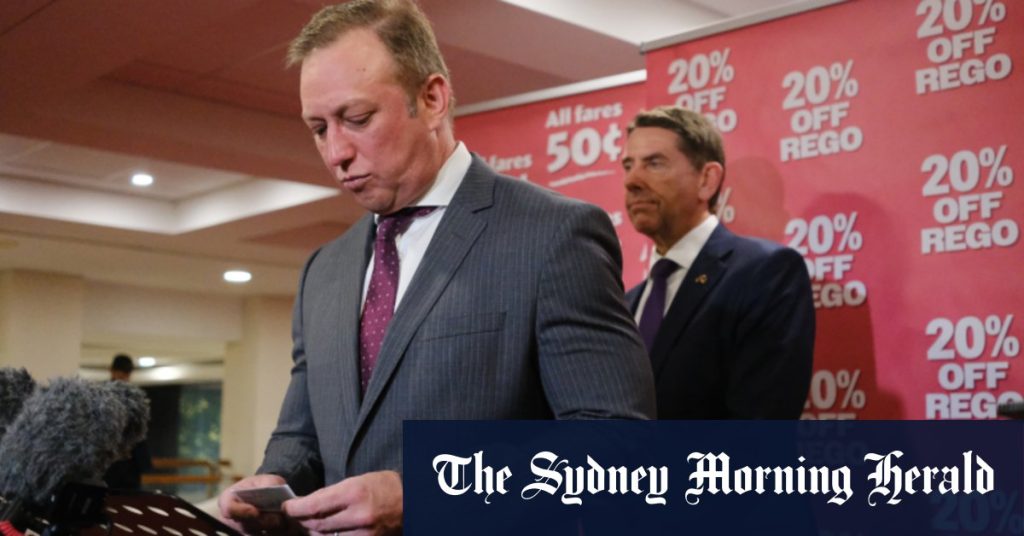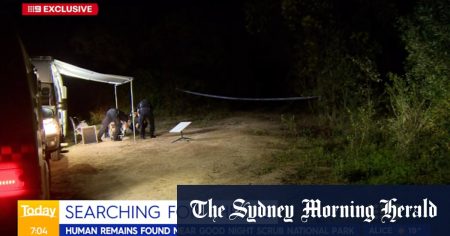The political landscape in Queensland is embroiled in a contentious debate surrounding major infrastructure projects, particularly those related to the 2032 Olympic and Paralympic Games. The focal point of this debate is the escalating cost of these projects and the government’s ability to deliver them within budget and on schedule. The controversy began with the previous Labor government’s decision to replace the planned rebuild of the Gabba Stadium with a less expensive, primarily temporary upgrade of the Queensland Sport and Athletics Centre. This decision was made just two months after an economic report, presumably outlining the financial implications of the Gabba rebuild, was presented to the then-premier.
The subsequent election saw the Liberal National Party (LNP) ascend to power, promising a review of the Games venues, including reevaluating the stadium options. Crucially, the LNP committed to maintaining the existing $7.1 billion funding framework agreed upon by the state and federal governments, encompassing not just the venues but also athlete villages and essential transport infrastructure. Premier David Crisafulli has underscored the LNP’s commitment to delivering all major projects, including critical hospital upgrades, both on time and within budget. This pledge is underpinned by their proposed industrial reforms and the establishment of a Productivity Commission, aimed at enhancing efficiency and cost-effectiveness in project delivery.
However, the LNP’s commitment to fiscal responsibility is being challenged by emerging evidence of potential cost overruns. Health Minister Tim Nicholls recently appointed an independent reviewer to oversee hospital projects, voicing concerns about the potential for the current $9.8 billion budget to balloon to a staggering $23 billion. Leaked documents suggest that the cost of just one project, the Prince Charles Hospital upgrade, has already doubled to $620 million in a mere two years. This escalating cost casts a long shadow over the government’s ability to deliver on its promise of fiscal prudence.
The escalating costs and potential budget blowouts have reignited the political debate, with the opposition accusing the LNP of jeopardizing crucial projects. Former Premier Steven Miles, now Opposition Leader, defends his government’s investments in essential infrastructure, arguing that these projects are vital for the state’s growth and cannot afford delays or cuts. He contends that the LNP’s proposed cuts and industrial crackdown are deterring tradespeople and investors, further exacerbating the challenges of project delivery. Miles challenges the LNP to demonstrate their commitment to delivering projects on time and within budget, highlighting the growing discrepancy between their rhetoric and the emerging reality.
The core issue revolves around balancing the need for vital infrastructure investments with responsible fiscal management. The LNP’s emphasis on cost control and efficiency, while laudable, is being tested by rising costs and potential overruns. The opposition, on the other hand, emphasizes the importance of investing in essential infrastructure to support the state’s growth, but faces scrutiny over the potential financial implications of these projects. The debate reflects a broader tension between prioritizing long-term investment and maintaining short-term fiscal discipline.
The unfolding situation in Queensland highlights the complex challenges inherent in managing large-scale infrastructure projects. Balancing budgetary constraints with the need for essential investments requires careful planning, rigorous oversight, and a commitment to transparent and accountable governance. The ongoing debate serves as a crucial reminder of the importance of robust cost-benefit analysis, effective project management, and proactive risk mitigation strategies to ensure that vital infrastructure projects deliver lasting value for the community without crippling public finances. The political ramifications of this debate will undoubtedly shape the future of infrastructure development in Queensland and serve as a valuable case study for other jurisdictions grappling with similar challenges.










